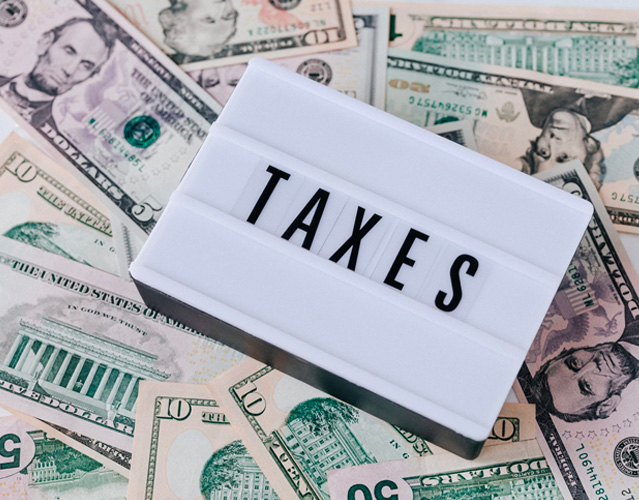A 1031 exchange allows you to swap one piece of investment real estate for another while deferring capital gains taxes on any profits from the sale of the first investment property. You can perform one 1031 exchange after another, deferring your capital gains tax bill into the future. Here’s what you should know.
1031 Exchanges Must Be Like-Kind
Section 1031 of the IRC (Internal Revenue Code) states that no gain or loss is recognised when one piece of investment real estate is exchanged for another of like kind. That does not imply that you must exchange your apartment building for another; rather, you must exchange it for another investment property.
You Require A Qualified Intermediary
A qualified intermediary is required to complete a 1031 exchange. The qualified intermediary will hold the proceeds of the first property’s sale on your behalf and use them to purchase the property you’re swapping for. You cannot be said to have received any proceeds from the sale of your initial property because the intermediary handled your money.
There Are Some Important Deadlines
If you find someone with a property you want who also wants your property, you may be able to perform a 1031 exchange. In this case, selling the old property and buying a new one can occur simultaneously. However, you will usually need some time after selling your first property to find another property to invest in. In that case, you can perform a delayed 1031 exchange and purchase your replacement property several weeks or months after selling your original property. You can even do a reverse 1031 exchange, in which you first purchase the replacement property and then sell your original property.
If you do a delayed 1031 exchange, which is the most common type, you will have 45 days from the sale of your initial property to designate some properties you want to buy. You should notify your intermediary in writing of the replacement properties. After you’ve designed your three properties, you’ll have 180 days to find a replacement property.
You Can Do As Many 1031 Exchanges As You Want
You can do as many 1031 exchanges as you want if you do them correctly. You can roll your initial property’s capital gain into a new property, then sell that property and move those capital gains into a new property, and so on, for as long as you want. You will eventually have to pay long-term capital gains taxes if you sell a property outright, but you can defer paying capital gains tax for years and have that much more capital for your investments.
You Can Only Exchange Investment Properties
Before 2004, when the tax code was changed, you can use 1031 exchanges to swap one vacation home for another, and even make that home your primary residence, while deferring the recognition of any capital gains on the property. You can’t do that anymore; you can only buy a vacation home through a 1031 exchange if you plan to rent it out for profit. If you want to use a 1031 exchange to swap your current vacation home for another property, you’ll need to rent it out for 6 months or a year to convert it into a rental property.
If, on the other hand, you want to move into a property purchased through a 1031 exchange, you must wait at least 2 years during which you rent the residence at market rate for at least 14 days per year and your personal use of the property cannot exceed 10% of the number of days per year that the property is rented, or 14 days, whichever is greater.
1031 exchanges can be an excellent way to save on capital gains taxes, particularly if you intend to pass the investment property down to your heirs. You can use 1031 exchanges to significantly increase your personal wealth or real estate holdings with a little advance planning.



